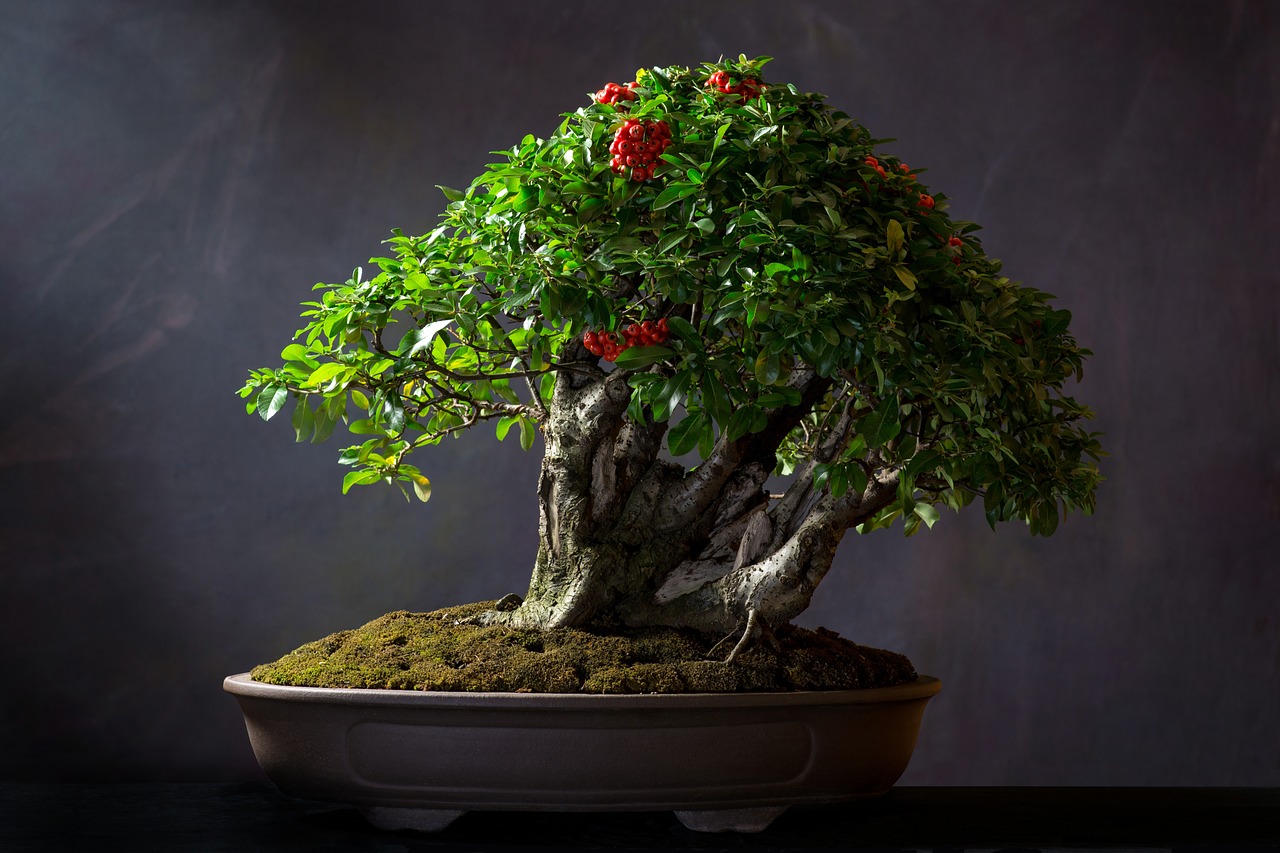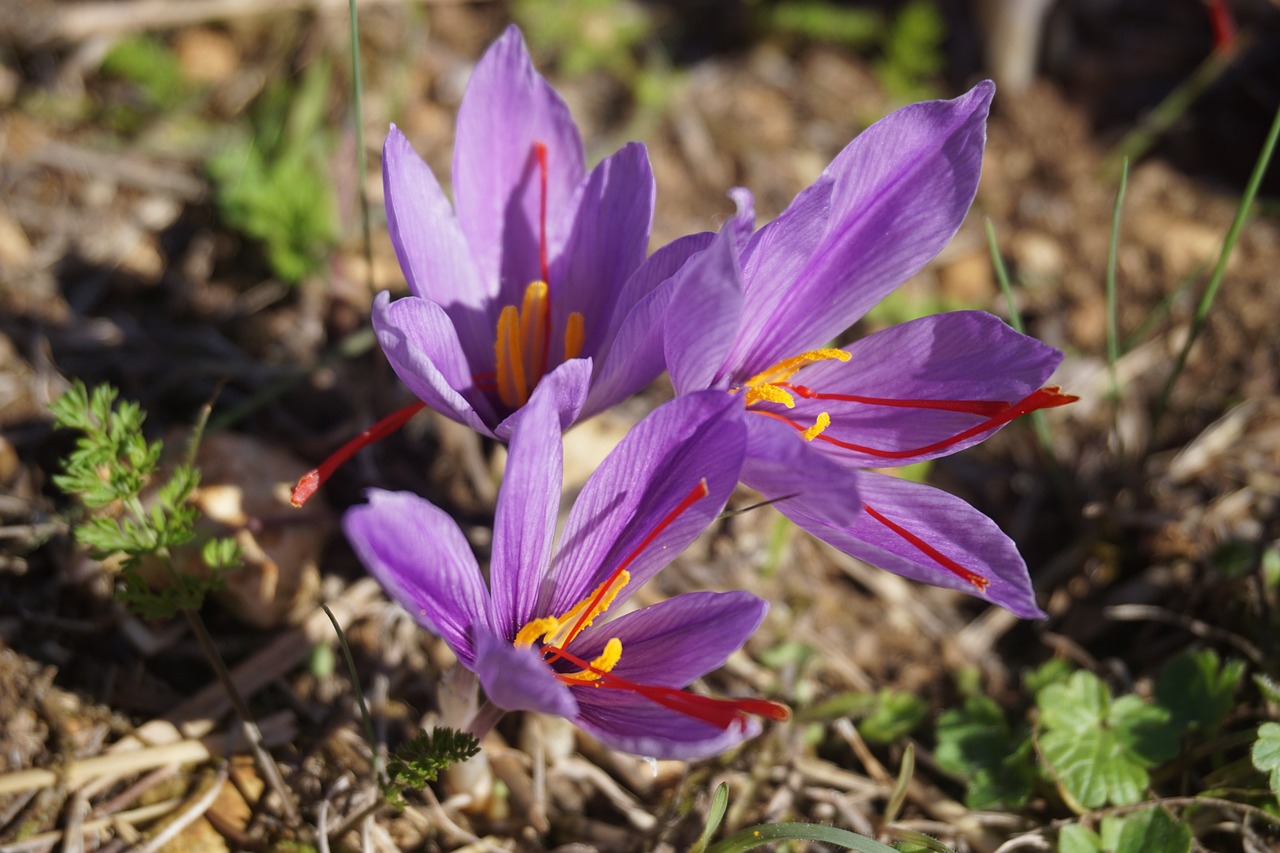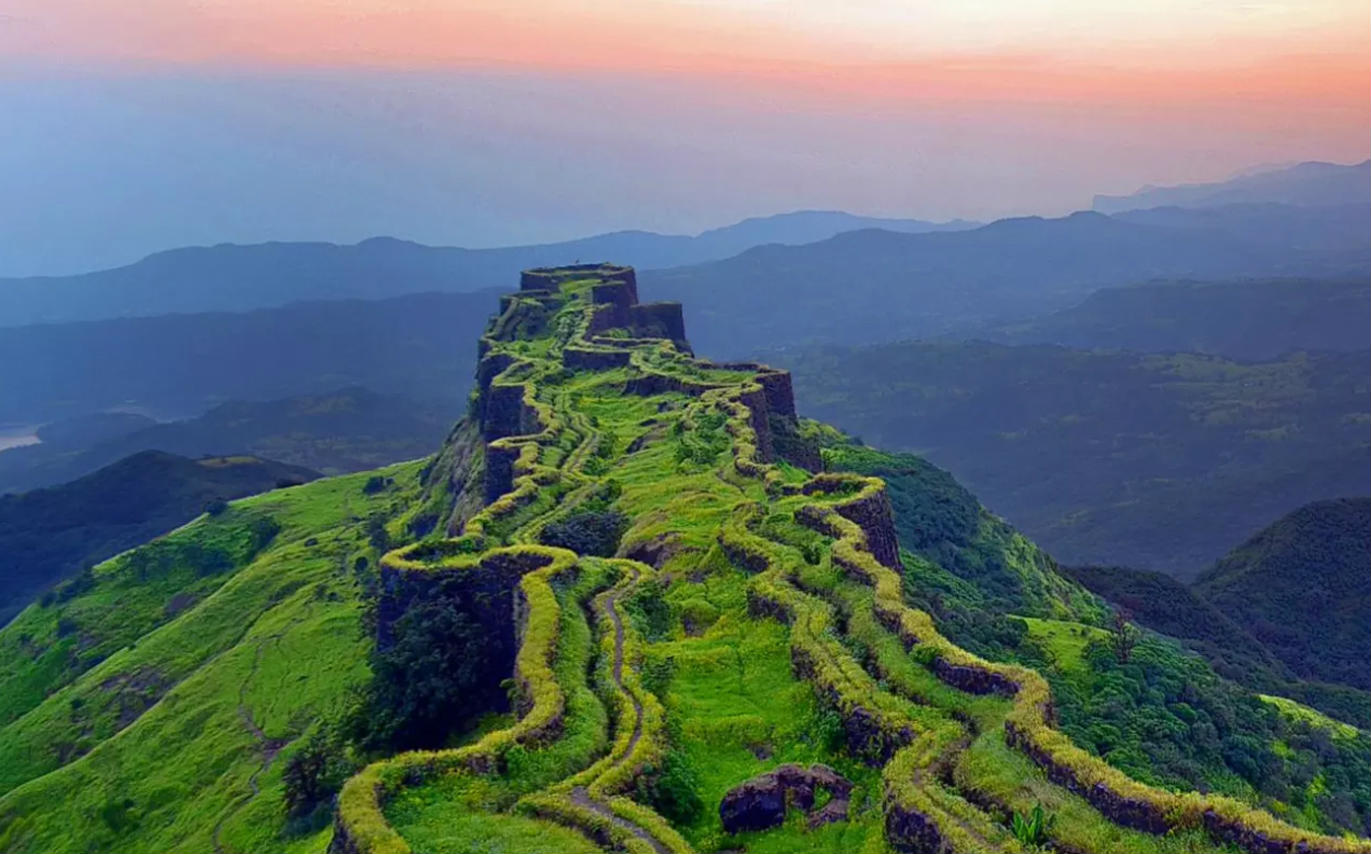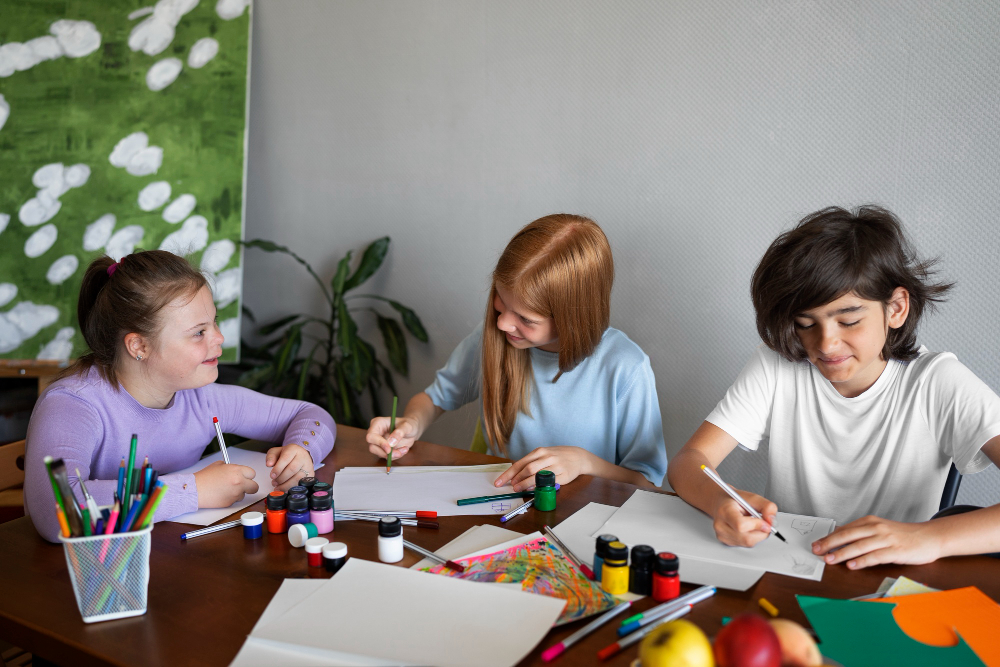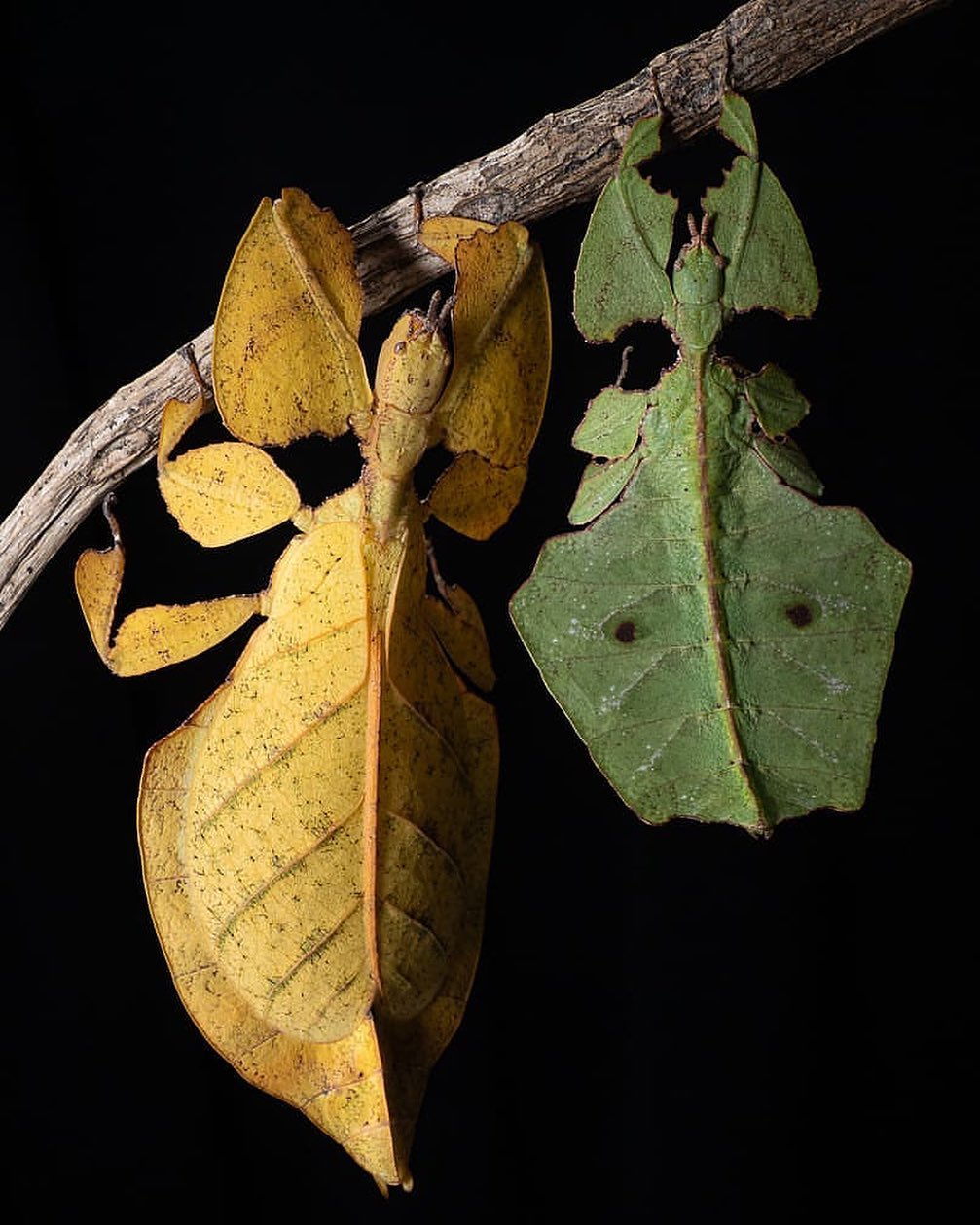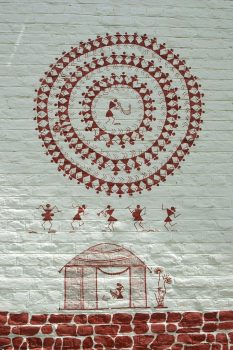 Pin
Pin Image by Tong Posay from Pixabay
Warli paintings, once only seen on the walls of tribal homes in Maharashtra, are now being featured in art galleries, designer spaces, and even global exhibitions. The artform is ancient, but the interest in it is fresh and fast-growing. The clean patterns and storytelling style connect well with people tired of cluttered visuals and overdone concepts. Warli’s raw and organic appeal stands out in the digital age.
Artists and collectors now look for meaning, not just beauty. The white motifs on earthy backgrounds speak of harmony, rituals, and community life in a way modern art often cannot.
This simplicity has captured the attention of contemporary creators who are blending Warli with fashion, décor, and branding. It isn’t just about aesthetics anymore. Warli is speaking to a global audience that craves authenticity. That’s why this tribal art is suddenly in the spotlight.
Table of Contents
The Origins Rooted in Tribal Life and Belief
The Warli art tradition comes from the Warli tribe in Maharashtra, India. This tribe has passed down stories not through books but through shapes and patterns painted on mud walls. The art itself goes back over 2,000 years, yet it hasn’t lost its identity. What makes it powerful is how it captures life’s rhythm—harvests, weddings, hunting scenes, and rituals—all through stick figures and circles.
Each symbol in Warli art isn’t just decorative—it has meaning. A triangle may show a mountain or tree, while a circle could represent the sun or moon. Daily life is documented with a sacred feel, especially with the central theme being nature and harmony between humans and the environment. This belief system is the soul of Warli.
Even though it began in simple huts, Warli now finds space on canvases, clothes, and walls in cities. Its ancient roots give it a timeless quality. And in a world moving fast, Warli offers a pause—a glimpse into something honest and deeply human.
The Minimalist Style That Says So Much
Warli art uses only a few basic shapes—circles, triangles, and lines—but these come together to tell powerful stories. There’s no shading, no color palette, no digital polish. Yet the outcome is striking. It draws the eye and holds your attention. This is the kind of visual that doesn’t shout but still stands out in a noisy world.
The simplicity of Warli is not because of a lack of skill, but because of its strong storytelling focus. Each scene feels alive, even without facial expressions or complex forms. You see community dances, animals in motion, farming, and celebrations—captured using nothing more than white pigment on a brown surface.
This minimalist style is now being appreciated globally. Designers, illustrators, and artists are borrowing Warli elements because they feel fresh and raw. In many ways, Warli’s clean lines and bold contrasts speak the language of modern design while staying true to their tribal soul. That’s a rare balance very few artforms can claim.
Cultural Significance Beyond the Canvas
Warli art is not just something to look at—it’s a living part of the Warli tribe’s culture. These paintings often appear during weddings, harvests, or religious rituals. They’re drawn on freshly plastered walls with rice paste and natural dyes, turning homes into sacred spaces. The artwork acts like a visual prayer or blessing, not just decoration.
The most important symbol in Warli art is the “chauk” or square, which usually sits at the center of every scene. It’s dedicated to their mother goddess, symbolizing fertility and life. Surrounding this are spirals of people dancing in celebration, showing unity and balance in their world. Every brushstroke holds intention and story.
When people outside the tribe see Warli today, they might see it as beautiful or minimal, but for the community, it is identity and tradition. Understanding this background helps give more value to each painting. It’s not just art—it’s a deep cultural code, passed quietly through generations.
Materials and Methods That Stay Close to Nature
What makes Warli art even more unique is the way it’s made. The artists don’t use synthetic paints or fancy tools. Traditionally, they use a bamboo stick chewed at the tip to make a brush. The white pigment is made from rice paste mixed with water and sometimes gum. The canvas is usually a mud wall or cow dung-coated surface, which creates the earthy brown background.
This connection with nature is not accidental—it reflects the tribe’s values. Warli art is a reflection of how they live with the land, not just on it. Everything used comes from their surroundings. That’s why the paintings feel organic and grounded, because they literally are.
Even as Warli artists have started moving to paper and canvas for wider audiences, many still stick to their roots. They keep the same techniques and textures. That raw, handmade quality is part of what makes Warli so respected. In a world full of digital shortcuts, this method feels pure, slow, and full of meaning.
Modern Revival and Global Recognition
In the past few decades, Warli art has moved far beyond village walls. It’s now seen in art galleries, fashion shows, home decor, and even public murals. This revival didn’t happen by chance. It took the efforts of local artists, NGOs, and designers who believed this tribal art deserved a larger platform. Their efforts helped preserve the tradition and introduced it to new generations.
Some artists like Jivya Soma Mashe played a huge role in this change. He started painting Warli stories on paper and canvas, allowing them to be exhibited and sold. This not only gave financial support to Warli communities but also brought national and international respect to the artform.
Now, big brands are also turning to Warli for visual identity and ethical storytelling. It’s more than just using traditional designs—it’s about supporting indigenous voices. Warli art’s global journey is proof that even the simplest forms can have the loudest impact when they’re backed by truth and culture.
Warli in Urban Spaces and Everyday Design
Warli art isn’t limited to museums or tribal villages anymore—it’s popping up on walls of cafés, clothing lines, wedding invitations, and eco-friendly packaging. City dwellers are drawn to its clean forms and symbolic language. The artwork creates a visual connection that feels both earthy and sophisticated. It fits well with modern tastes that value authenticity and minimal design.
Many interior designers use Warli patterns in wall art, cushions, or ceramics to add a cultural touch without overwhelming the space. It’s subtle but powerful. People are choosing Warli not just because it looks nice, but because it carries meaning. A simple Warli figure can speak of community, balance, or nature—things many people in fast-paced cities crave.
This shift has helped Warli artists reach new audiences. Some have started workshops in urban centers, sharing their skills and stories directly. The result is a growing interest in slow, meaningful art. And that’s where Warli wins—it stays grounded, even when painted on modern walls.
Role of Women in Preserving Warli Traditions
Women in the Warli tribe have always been the heart of this artform. Traditionally, it was the women who painted the walls during important ceremonies. Through their hands, stories of life, nature, and gods were passed down. They didn’t learn this in schools—it came from watching, practicing, and living the culture every day.
Even today, female artists continue to preserve the purity of Warli traditions. In fact, many of them are leading community efforts to teach the next generation. These women don’t just paint—they keep a culture alive. They understand the symbols not just as shapes but as emotions tied to the tribe’s way of life.
Now, many female Warli artists are gaining recognition for their skill and dedication. Their work is being sold, showcased, and respected beyond their villages. This has helped improve their social and financial standing. By painting Warli, they’re not just expressing creativity—they’re protecting heritage. Their role is vital in keeping the art honest, soulful, and deeply rooted.
Warli Paintings as Educational Tools and Social Messages
Warli art is now being used in schools, NGOs, and public campaigns—not just for its beauty, but for its power to communicate. Since it uses simple visuals, Warli is easy for people of all ages to understand. That’s why many organizations use it to spread messages about health, the environment, and equality. A group of dancing figures or farming scenes can quickly tell a story without needing words.
In some villages, murals with Warli symbols talk about sanitation or education in a way that feels familiar and non-threatening. It’s storytelling that feels local, not forced. When messages come in the language of art people already relate to, they’re more likely to listen and act.
Even in cities, Warli has appeared in awareness campaigns—on metro walls, government ads, and community projects. It’s not just decoration. It’s a voice. Using Warli in this way bridges gaps between tradition and modern challenges. It turns tribal art into a tool for awareness, and that’s powerful.
Warli Art in a Digital World
As technology grows, so does the way Warli art is shared. What was once painted on mud walls is now seen on websites, social media, and NFTs. Some artists are using tablets to draw traditional Warli figures, blending ancient patterns with digital formats. This has helped bring tribal art into modern conversations without losing its core identity.
There’s concern, though, about dilution. When Warli is copied without understanding, it loses meaning. That’s why it’s important to keep the community involved and give them credit. The future of Warli depends on how well we protect its soul while letting it evolve. This balance is key to preserving authenticity in a fast-changing world.
Thankfully, many young Warli artists are adapting smartly. They respect the roots but also explore new styles and platforms. With the right support and recognition, Warli can continue to grow—not as a trend, but as a living tradition. One that still has a lot to say, no matter what canvas it chooses.
FAQs
Warli paintings focus on daily life, nature, and rituals. Common themes include farming, dancing, hunting, and festivals. Each figure or shape carries a symbolic meaning, often showing the close connection between humans and the environment.
Yes, many Warli artists still follow traditional methods. They use rice paste for pigment, bamboo sticks as brushes, and create art on mud walls or handmade paper. Some artists have also adopted modern surfaces while keeping the core style intact.
While anyone can appreciate and try the art, true Warli painting comes from understanding its cultural context. Learning directly from tribal artists or attending their workshops ensures respectful and authentic engagement.
Warli art is unique for its simplicity. It relies on basic shapes like circles and triangles to tell stories. Unlike colorful tribal arts, Warli uses a white-on-brown color scheme that’s instantly recognizable and symbolically rich.
Warli art is being preserved through exhibitions, government support, online platforms, and community-led workshops. NGOs and educators also use Warli to teach cultural awareness and promote sustainable livelihoods for tribal artists.




